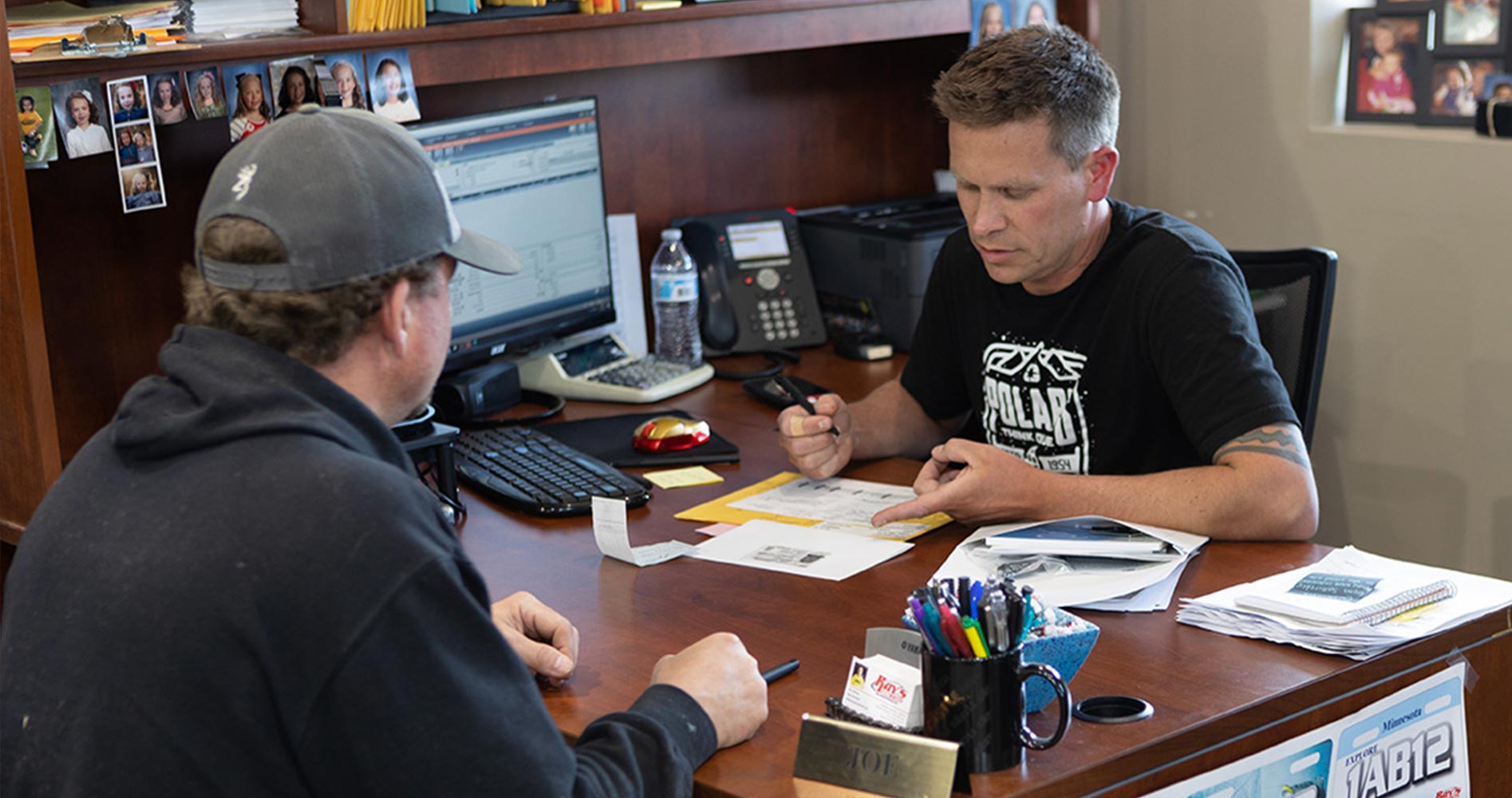We’ve all done it. You’re standing at the elevator, in a rush, coffee or energy drink in one hand, existential dread in the other and what do you do? You hit the button. Then you hit it again. And again. As if maybe the elevator will sense your urgency and materialize faster.
Spoiler: it won’t. That button does one thing. It sends a request. And hammering it won’t change the system.
So, let’s zoom out.
The Elevator Button Metaphor You Didn’t Know You Needed
In work, relationships, habits, and leadership – we all have our own version of the elevator button.
That one thing we keep doing out of habit or frustration. That Slack or email message we send over and over. That marketing tactic we’ve recycled since 2019. That meeting we keep having, hoping this time it’ll actually fix something.
In a dealership, it might look like:
- Telling the team to “check in more parts” but never adjusting the workflow.
- Running the same sales report expecting new insights.
- Manually tracking something that your system should be automating.
- Hoping for better technician efficiency but still scheduling with a whiteboard.
We’re stuck in a pattern. Press, wait, repeat.
But here’s the kicker: no amount of pressing is going to make something happen if the system itself isn’t set up to respond.
Step 1: Identify Your Elevator Buttons
Ask yourself:
- What am I repeating without seeing results?
- Am I reacting or solving?
- Have I mistaken activity for progress?
Some classic elevator buttons:
- Asking sales to “follow up more” without better CRM prompts.
- Reposting content without fresh engagement.
- Running a report hoping this time the insight will magically appear.
- Telling techs to work faster without giving them the tools to succeed.
- Telling your team to “collaborate more” with no structure or system in place.
Step 2: Reroute the System
Instead of pushing the button harder, ask yourself how the elevator actually works.
- Who controls the wiring? (Maybe your process needs a rework.)
- Is the system broken? (Maybe the insight needs new inputs.)
- Are you even on the right floor? (Maybe you’re not asking the right question.)
Change isn’t about pushing harder. It’s about pushing smarter.
And here’s the thing – you don’t need a title to take the lead. Leadership isn’t reserved for the org chart. It shows up in the person who spots the broken system and speaks up. The one who rewrites the process. The one who’s willing to stop pushing the broken button and build a better one.
And if you are in a leadership role? Your team doesn’t need you at the top of the building yelling instructions. They need to see you get in the elevator with them. That means occasionally rolling up your sleeves, jumping into the trenches, and showing that no task is beneath you. You’re not just designing systems – you’re modeling what it looks like to work within them.
Step 3: Design Better Buttons
Create real mechanisms for action. In a dealership, the smallest changes can make the biggest difference:
- Empower your techs with integrated tools that reduce errors and keep the work moving.
- Automate service reminders and re-engagement campaigns.
- Give managers real-time visibility into tech efficiency. No more waiting until Friday to find out you’re behind.
You’re not helpless. But you are in a loop unless you design your way out of it.
Final Thought: Elevators Do Arrive… But Only If the Wiring Works
If something’s not changing, it’s time to stop jabbing at the same button and start tracing the wiring behind it.
Because once you realize you’re not stuck in the elevator — you’re designing the building — everything shifts.
And hey, if you still feel stuck? Take the stairs. It’s better cardio anyway.


